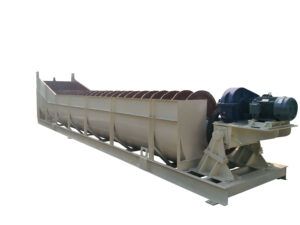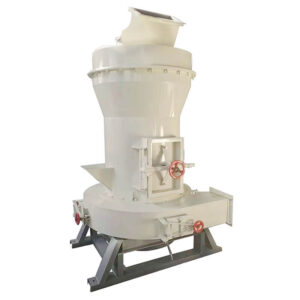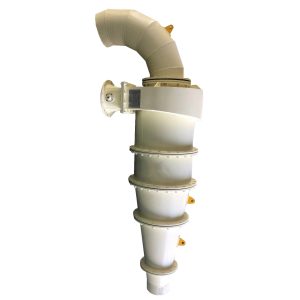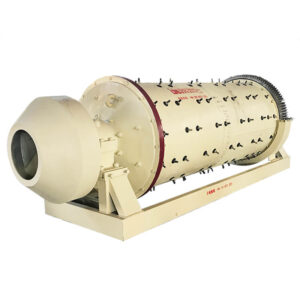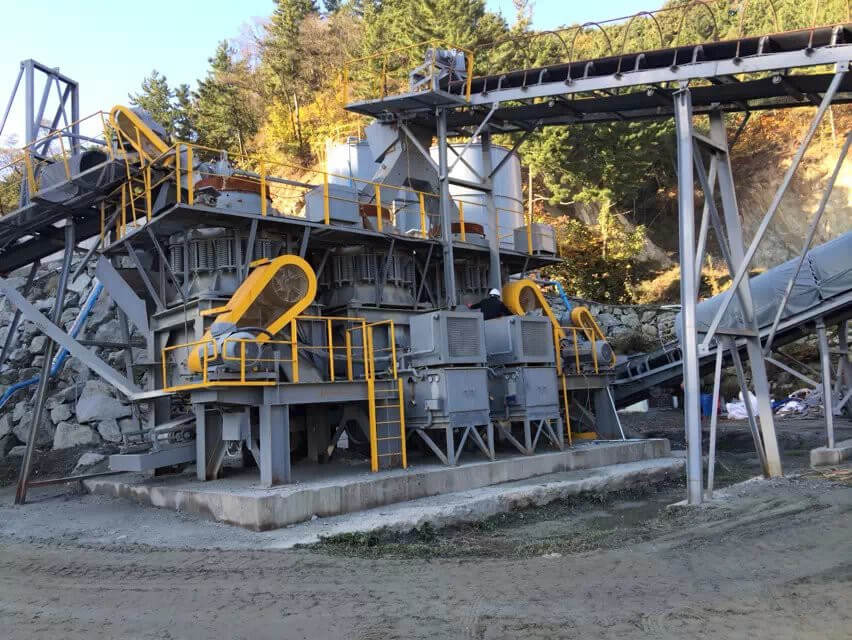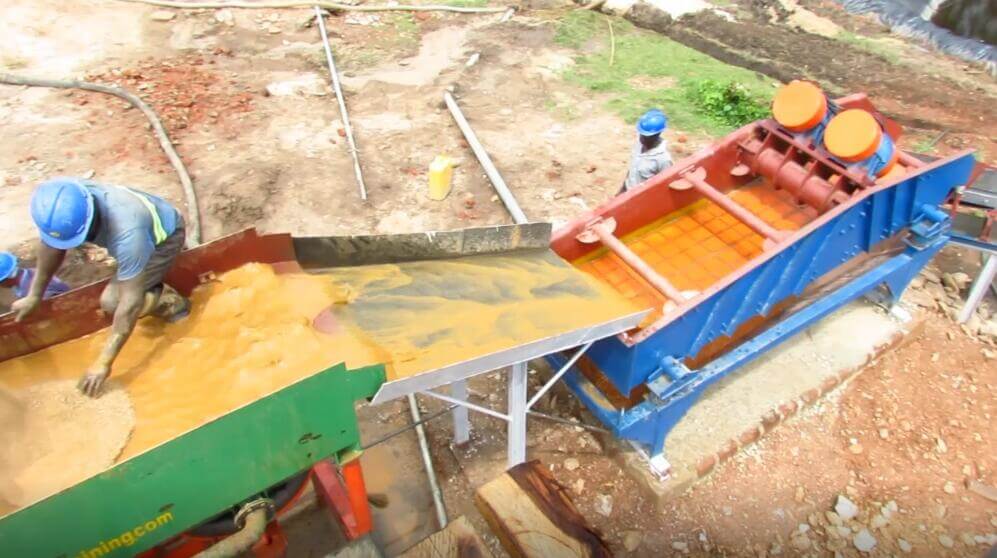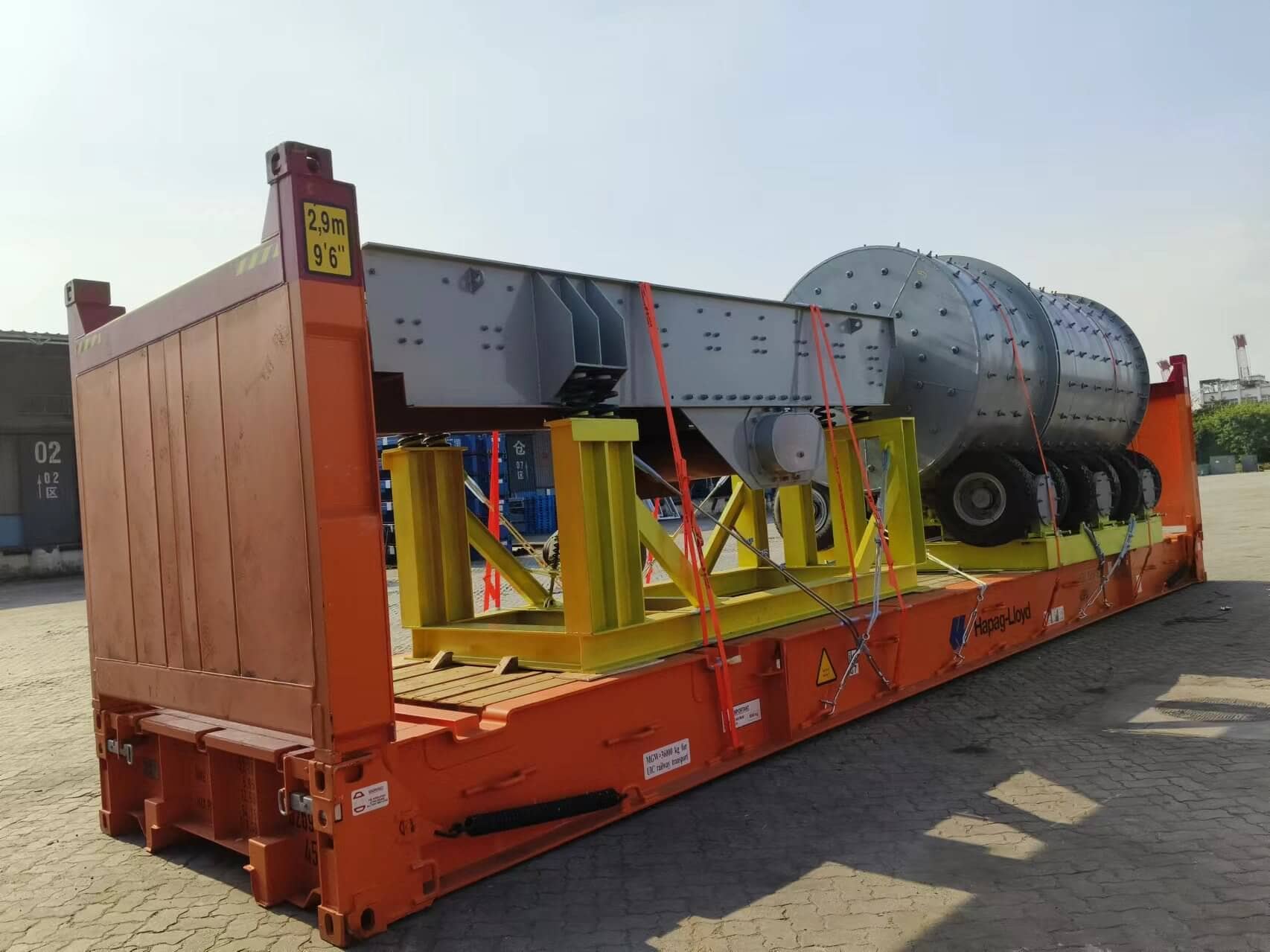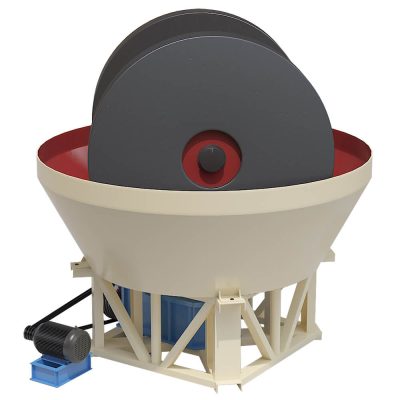
Wet Pan Mill
Capacity: 0.5-3 TPH
Feeding Size: <30 mm
Discharge Size: 0.074-0.6 mm
Process Material: Gold, iron, molybdenum, lead, zinc, antimony, etc.
Wet Pan Mill Overview
Wet Pan Mill also known as amalgamation grinding mill, gold grinder mill, which is a versatile ore grinding pan mill for wet materials. It’s the best replacement for a medium-small capacity ball mill, owing to the excellent performance for wet crushing, small investment, and high output, widely used for separating gold, iron, molybdenum, lead, zinc, antimony, and so on.
Wet Pan Mills Types
Single roller, double rollers (common), three-rollers.
Advantages
Wet Pan Mill Advantages
- Uniform grinding, fine grind small to 1mm
- High capacity, output ranges up to 40 tonnes per hour
- Low energy consumption, silent, safe operation
- Easy to operate and maintain
- Smooth, well distributed
- Wearable grinding roller, longer service life.
Structures & Working Principle
Wet Pan Mill Structure
The main parts of a wet pan mill are motor, stand, basin, roller, grinding base, bearing, reducer, etc.
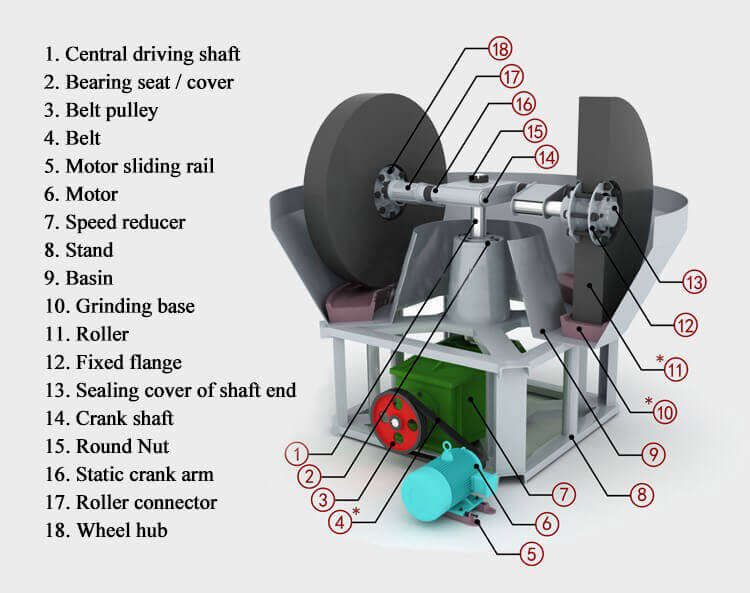
Our Wet Pan Mill
- Roller Material: 6% manganese alloy steel, which can last at least 3 years.
- Ring Material: Optional casting steel, casting iron, and manganese steel. Thickness: Standard 85mm Steel.
- Steel stand: A-2 standard steel frame
- Basin: 5mm thickness steel plate
- Gearbox: Specially designed for wet pan mill, 1-year quality guarantee
- Motor: Simens or China 1st level standard Brand
Wet Pan Mill Working Principle
The motor transfers power to the decelerator, then the central drive shaft transfers to the horizontal shaft, finally, the Roller moves the anticlockwise direction, the material in the wet mill is ground into fine particles. While rolling and kneading the minerals, the roller mixes the material and water thoroughly, the monomer dissociated mineral fine particles float to the upper surface and are discharged through the overflow discharge port; coarse-grained minerals settle at the bottom of the pan and continue to be ground until the fineness reaches the standard.
Technical Parameters
| Model | Feeding Size(mm) | Output Size(mm) | Capacity(t/h) | Rotation Speed(r/m) | Power(kW) | Weight (t) |
| 1100 | <20 | <1 | 0.5 | 11-19 | 5.5 | 4.8 |
| 1200 | <20 | <1 | 0.5-1 | 11-19 | 7.5 | 5.2 |
| 1400 | <20 | <1 | 1-1.5 | 18-21 | 15 | 9.5 |
| 1500 | <30 | <1 | 1.5-2 | 18-22 | 22 | 11 |
| 1600 | <30 | <1 | 2-3 | 18-20 | 30/37 | 12.5 |

